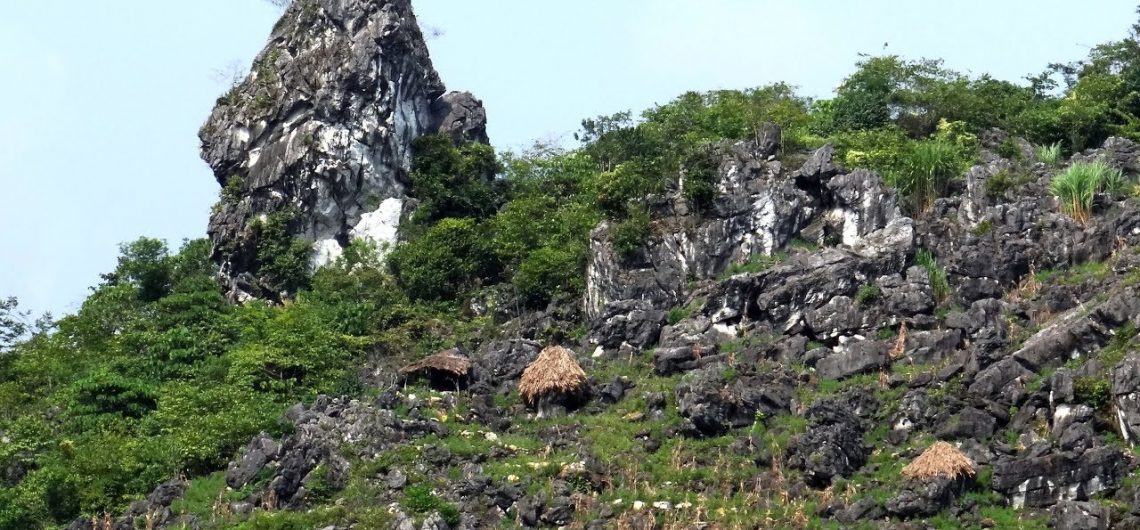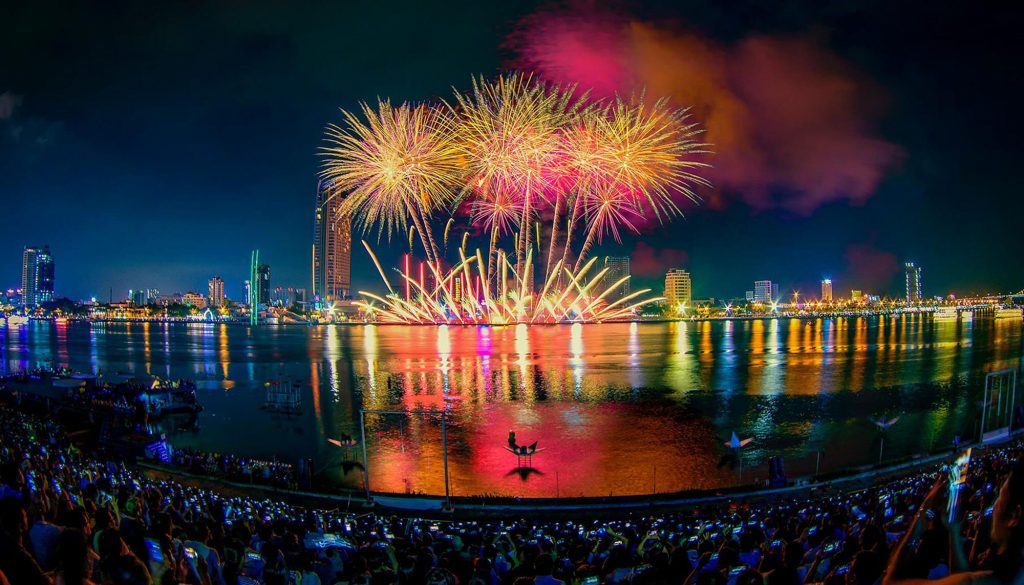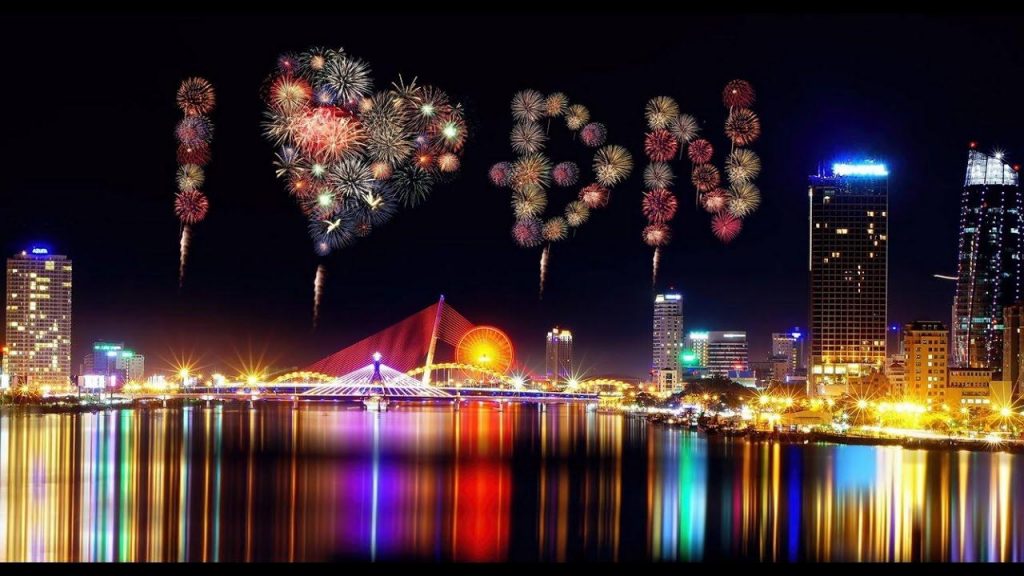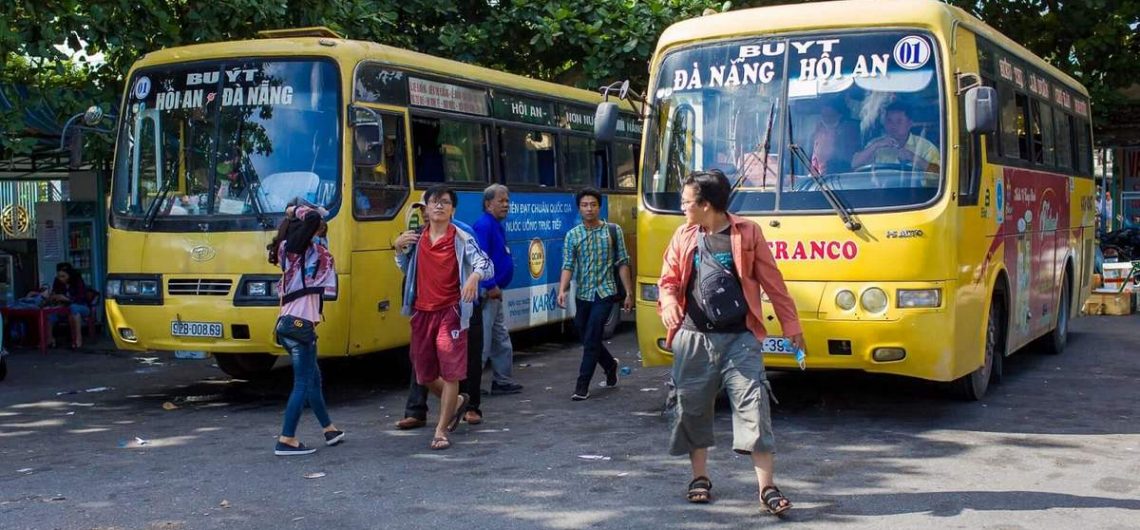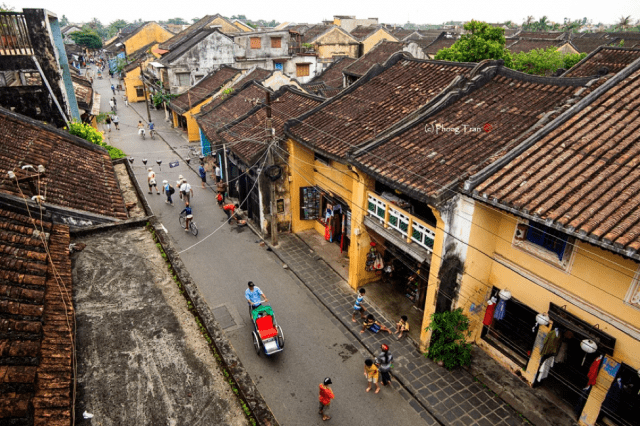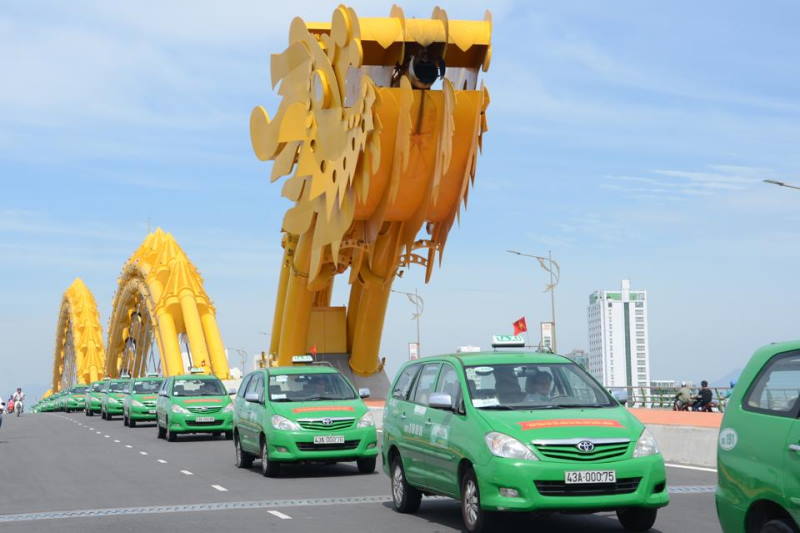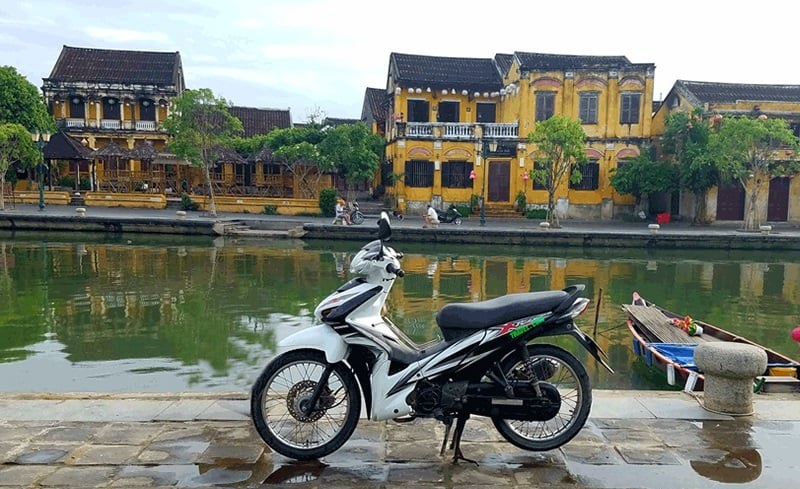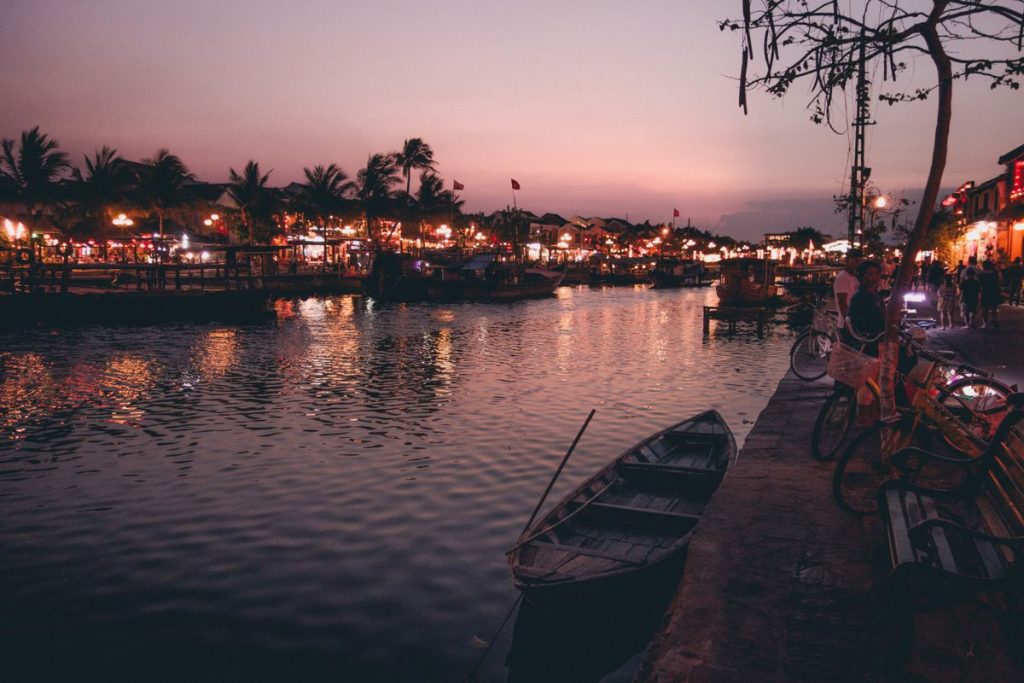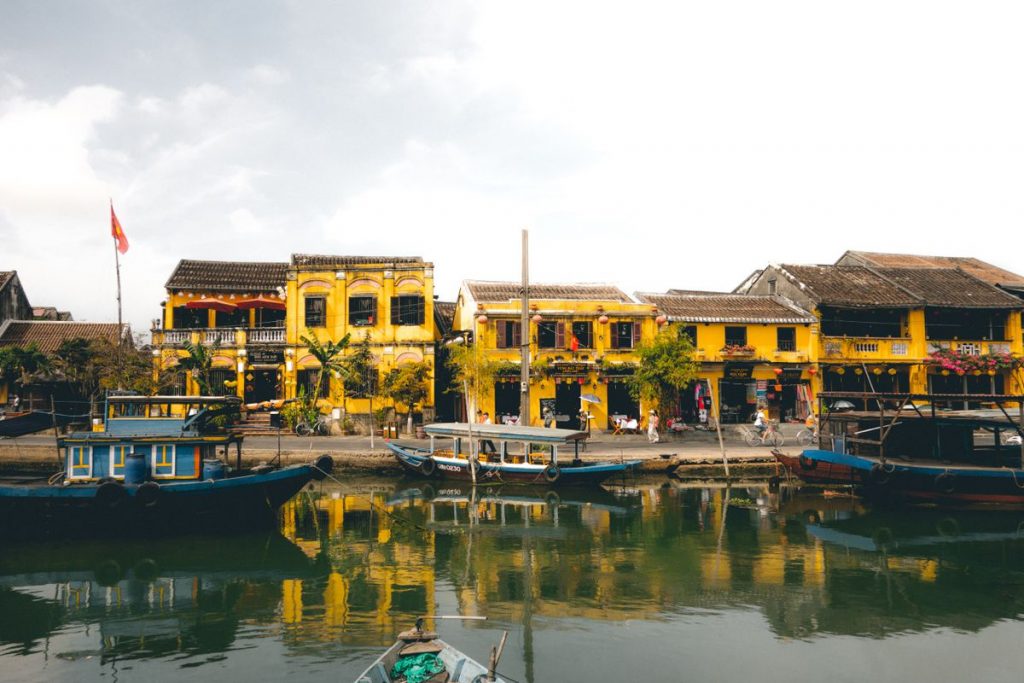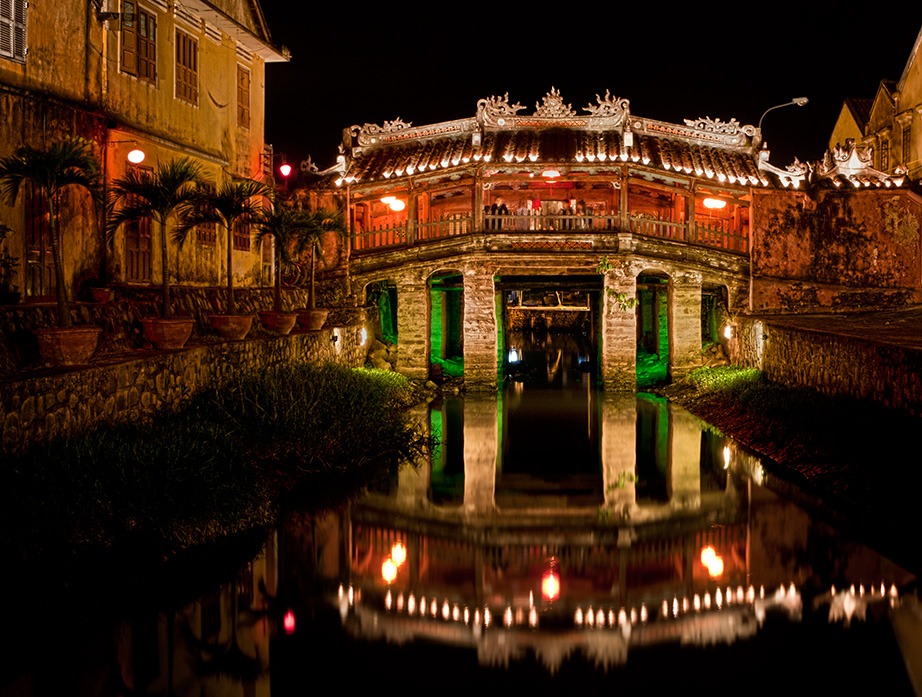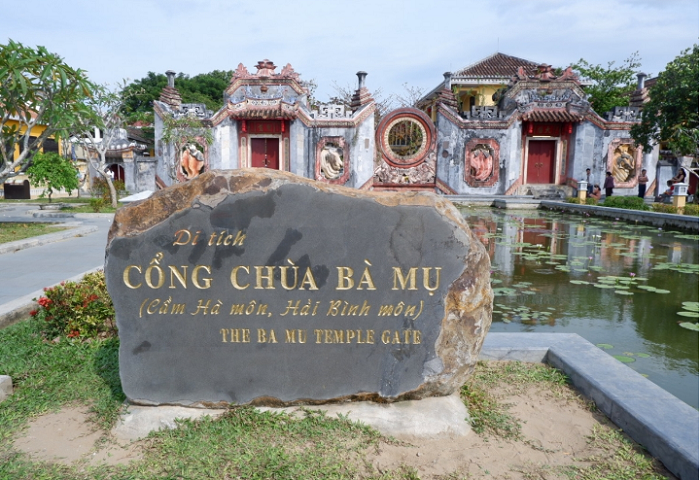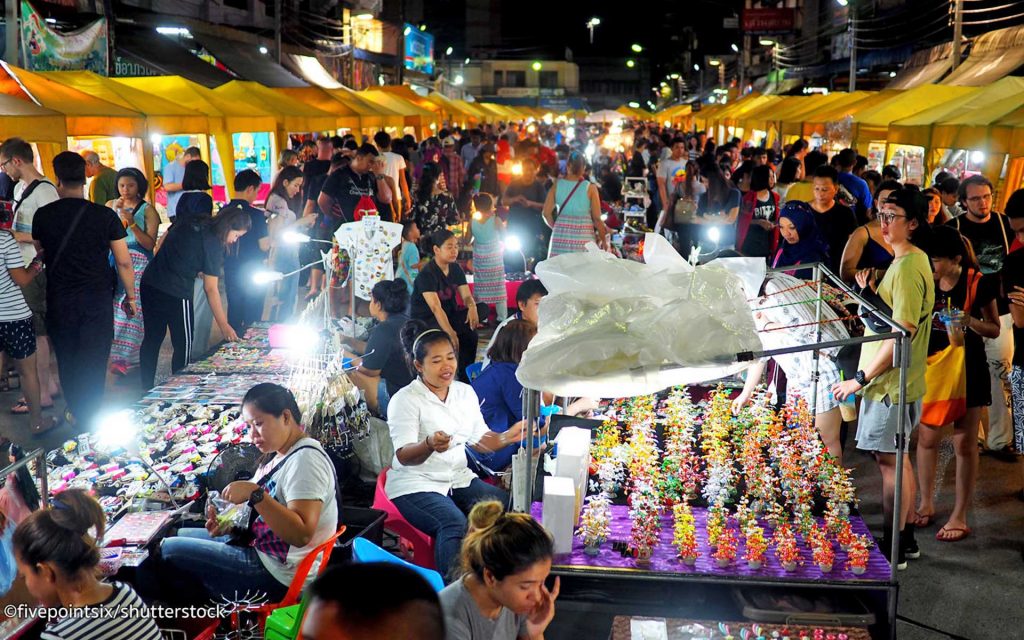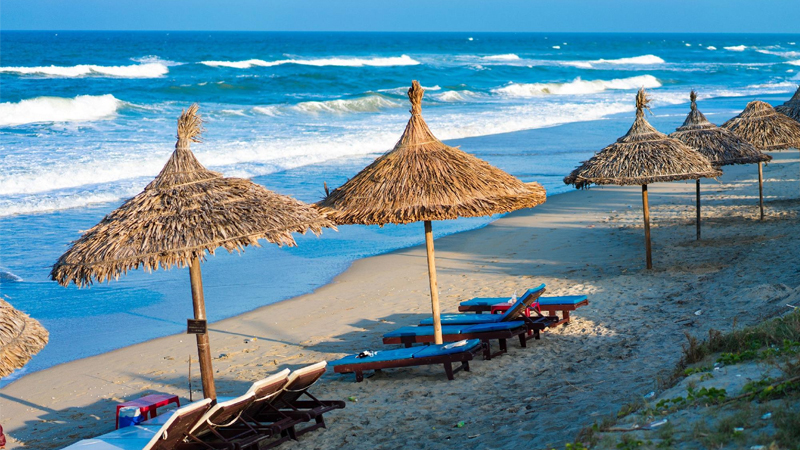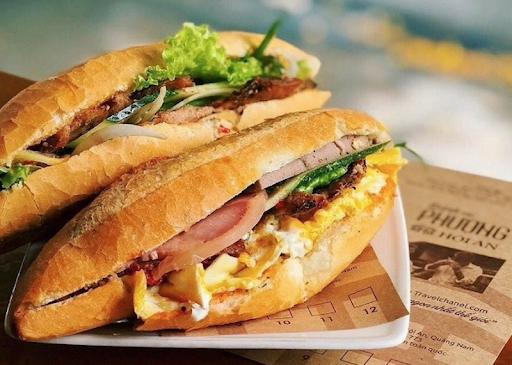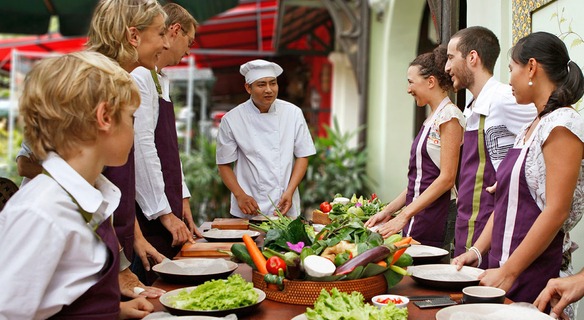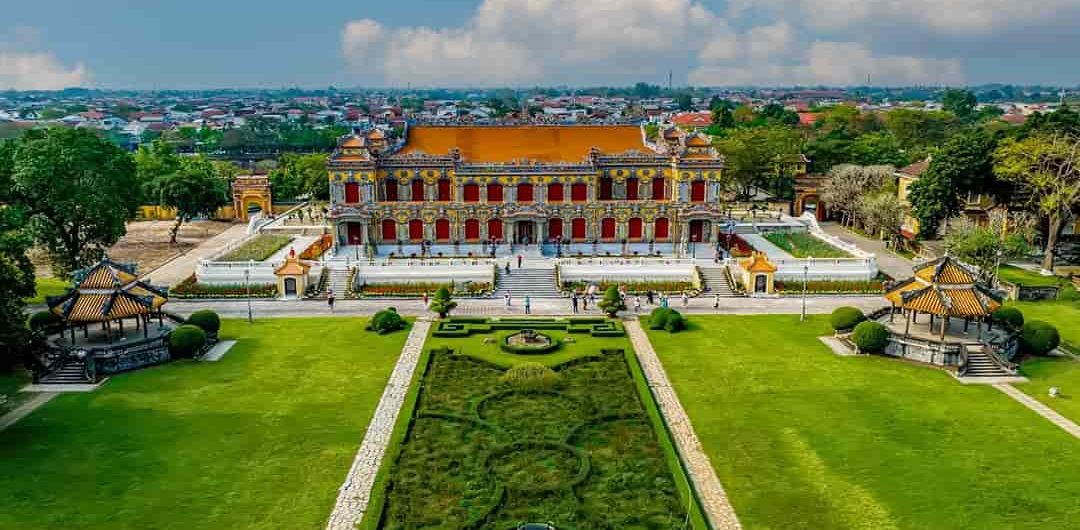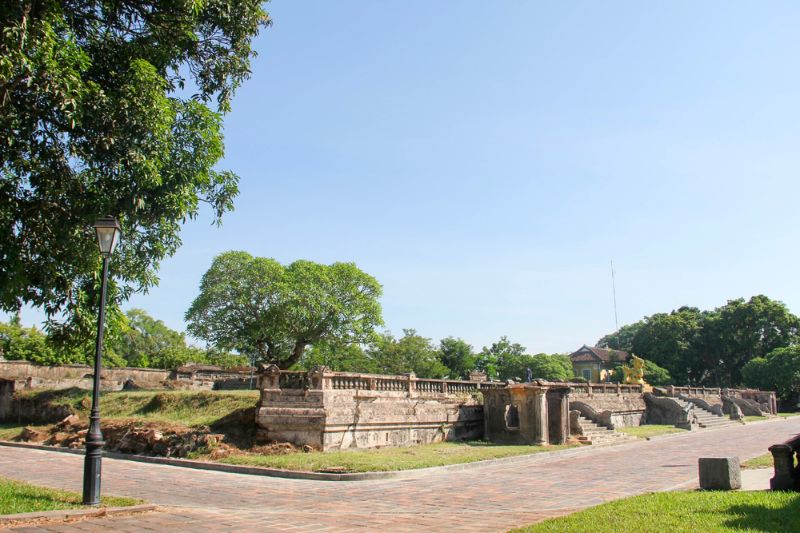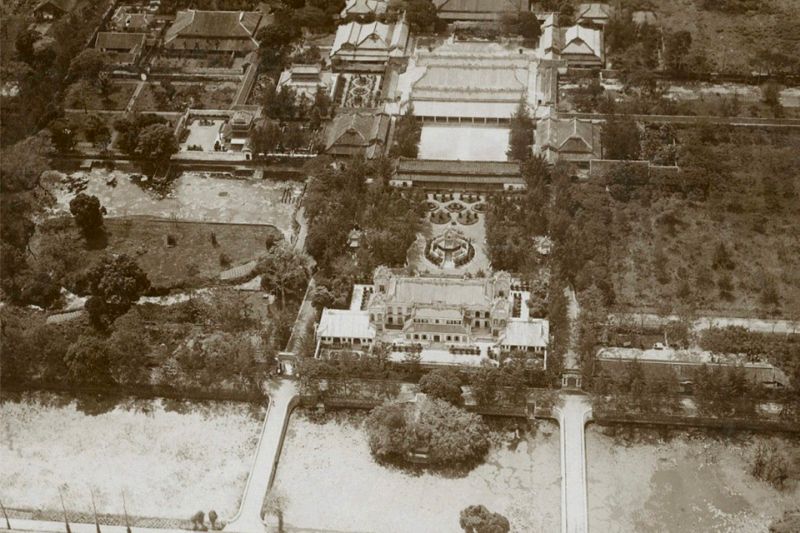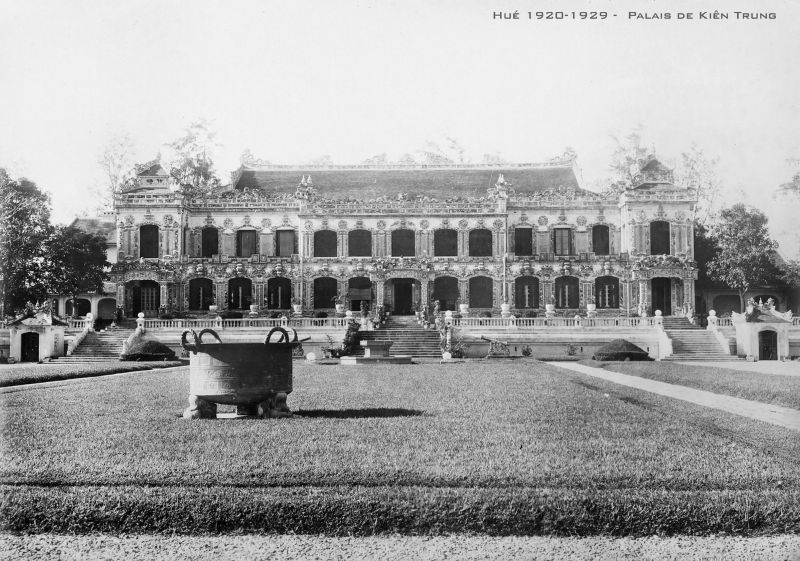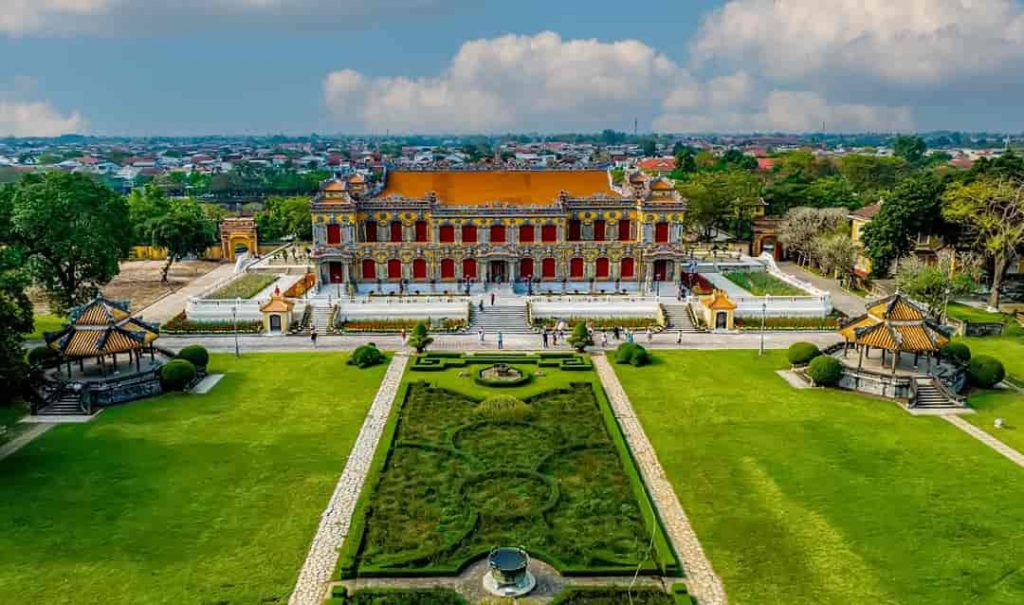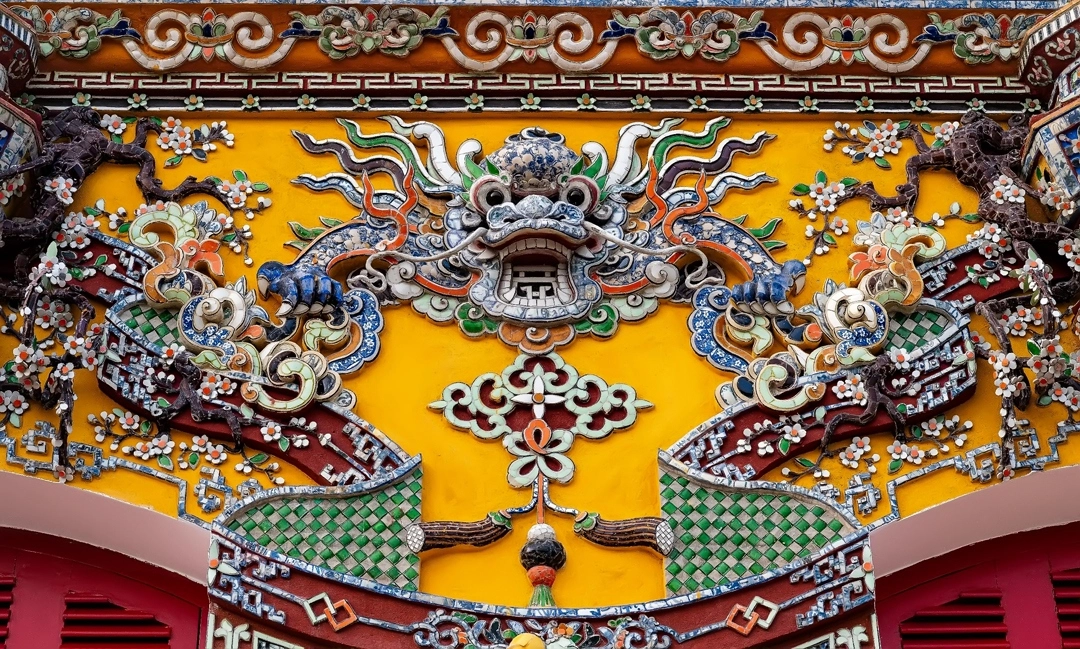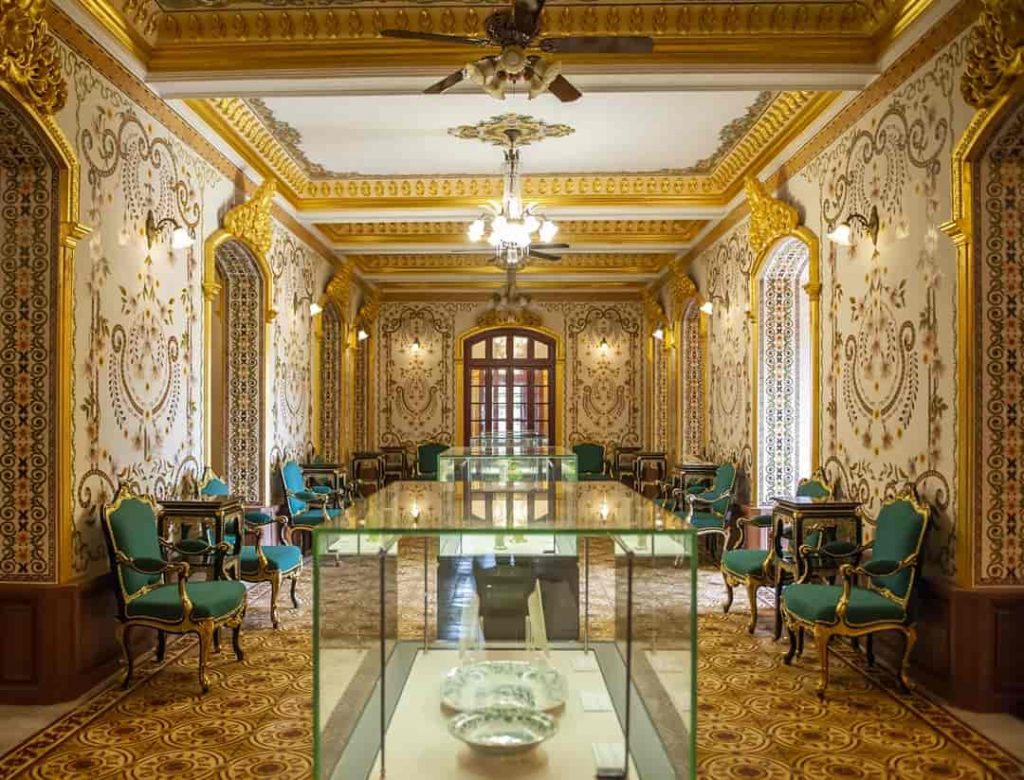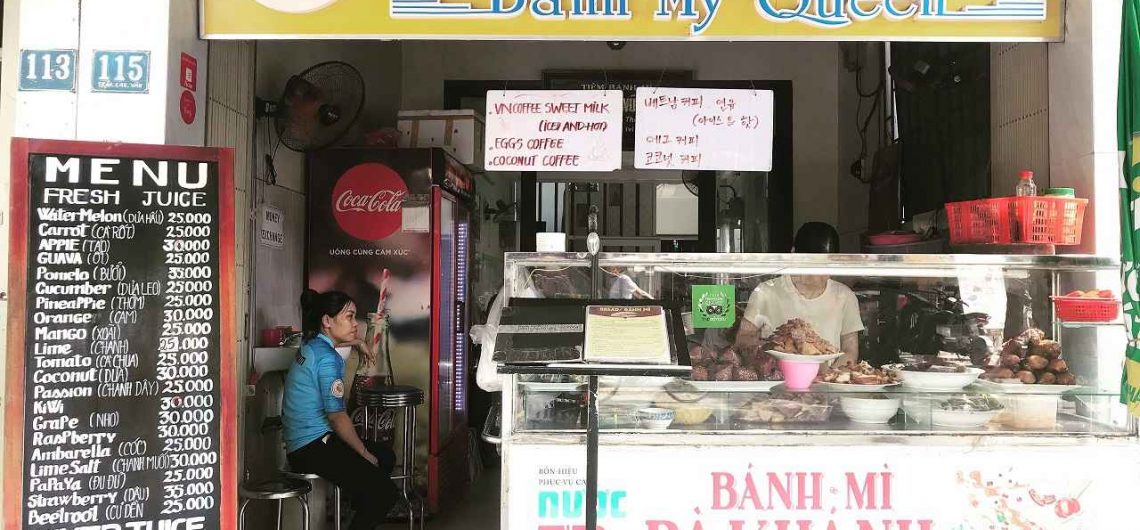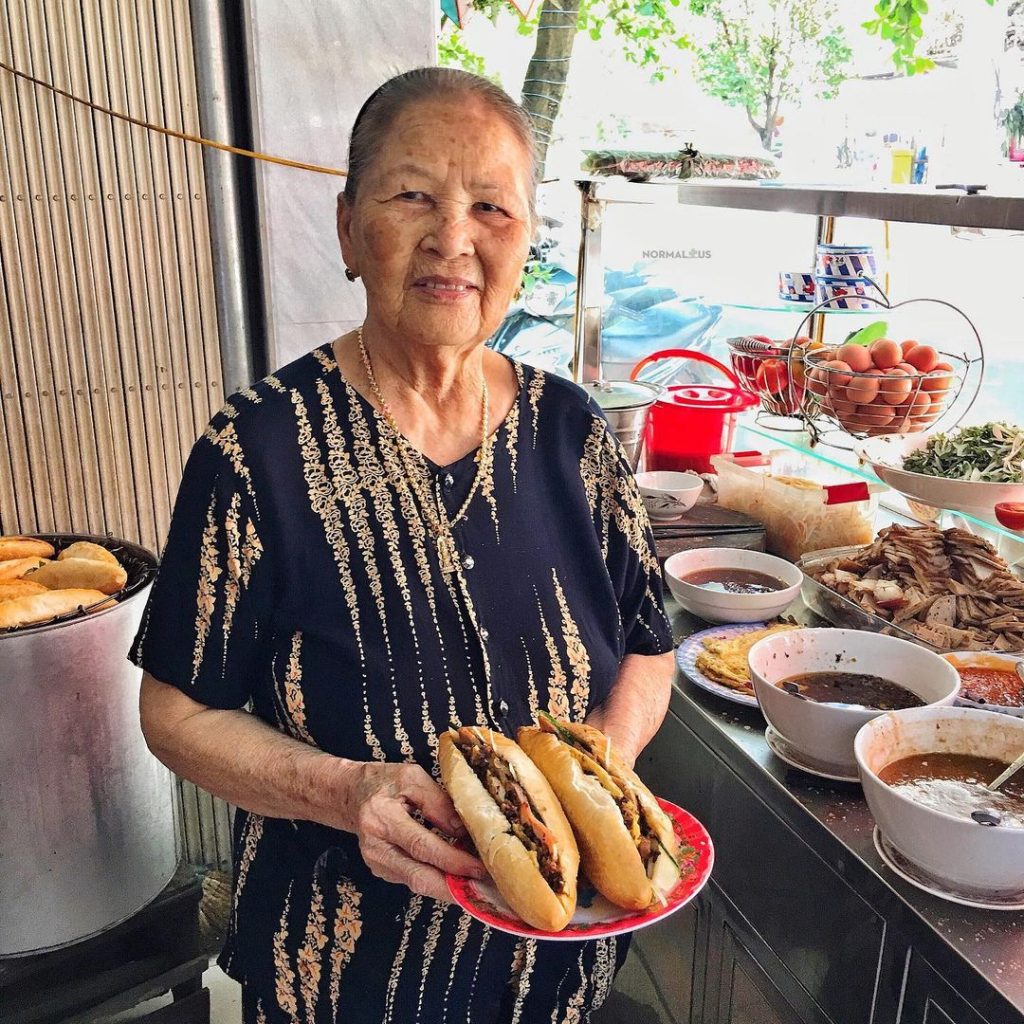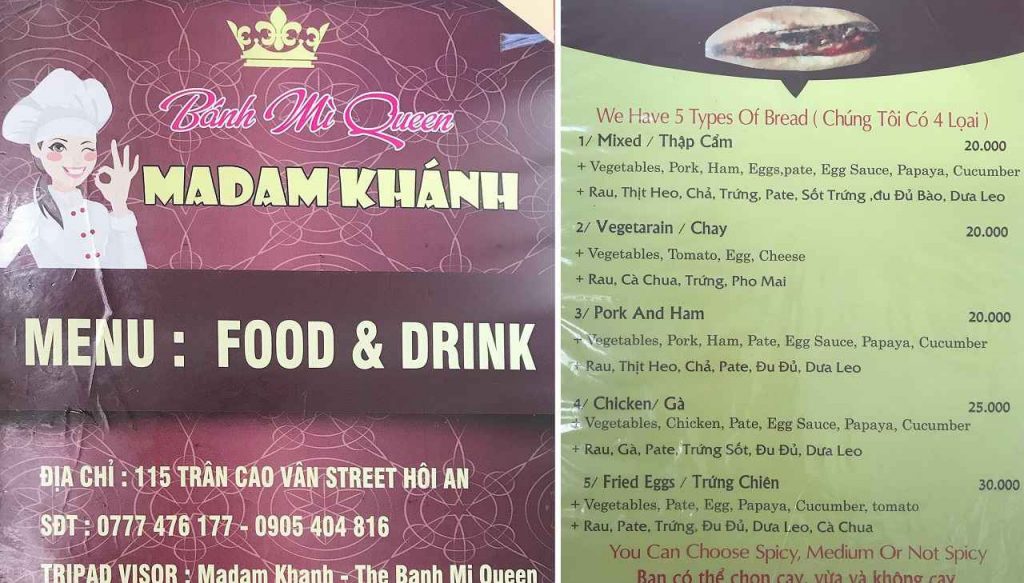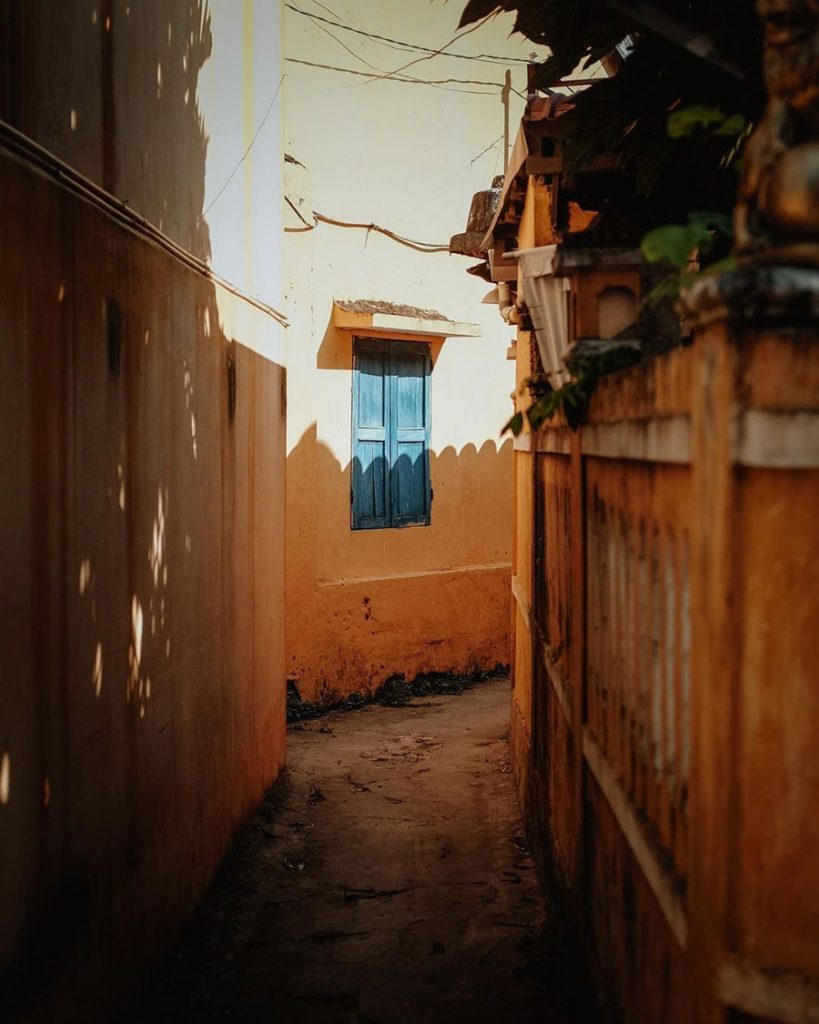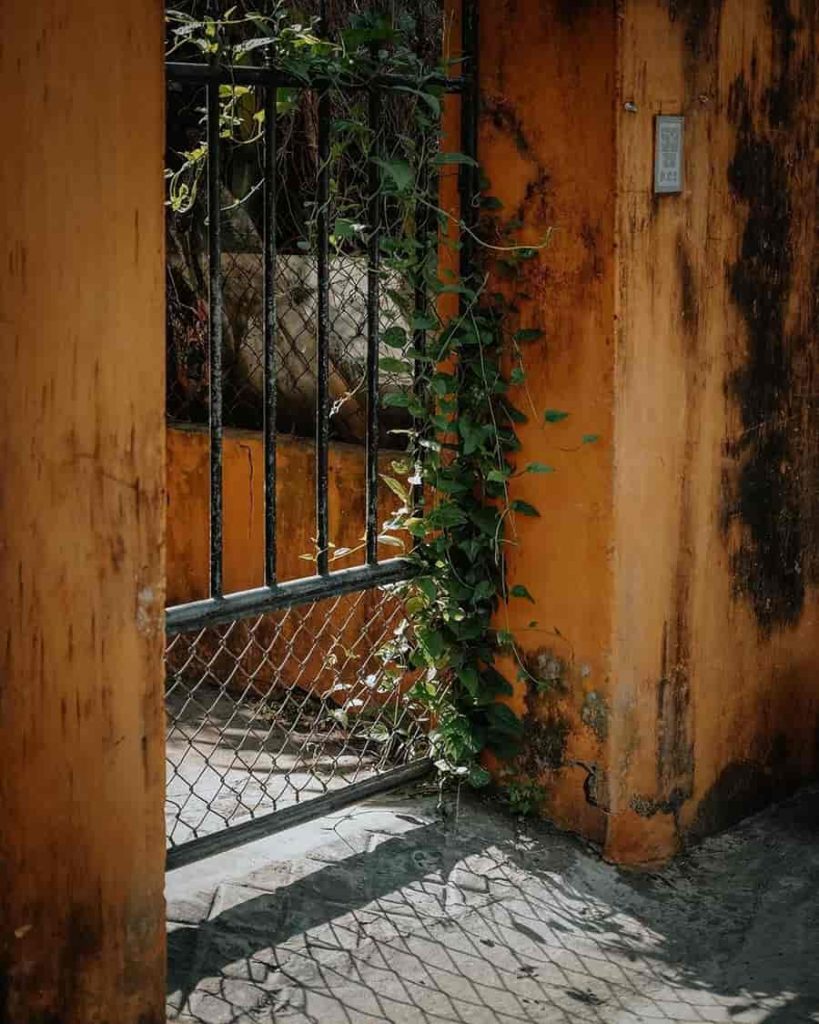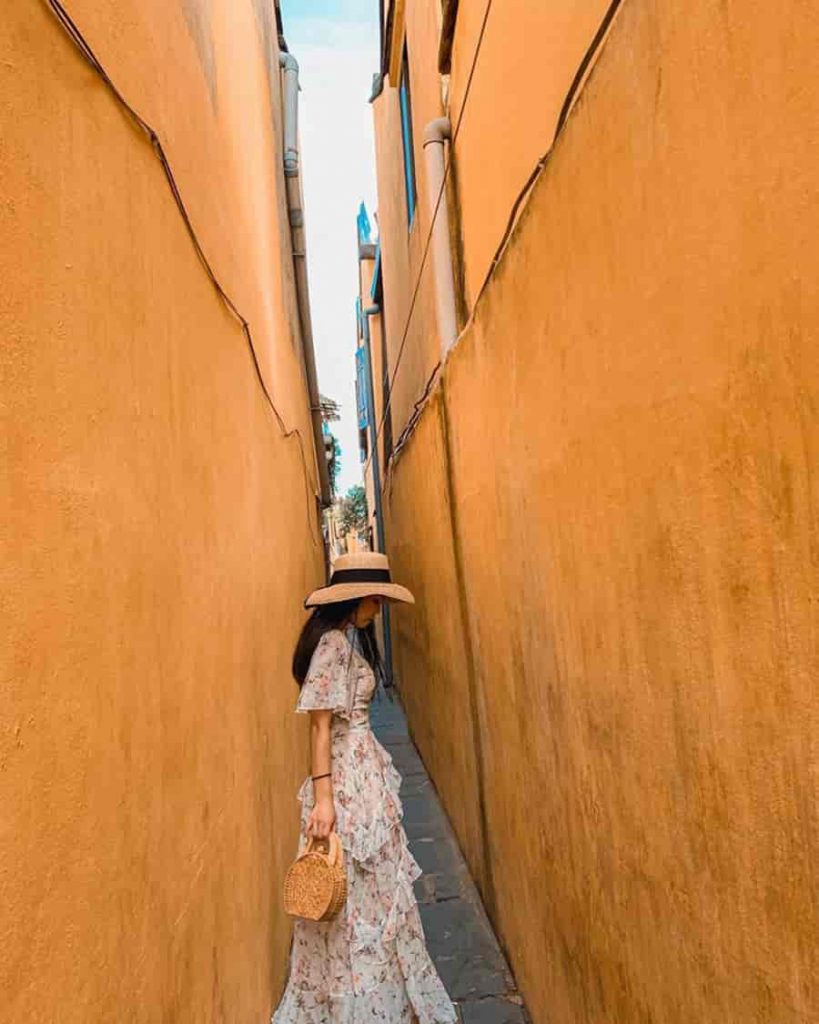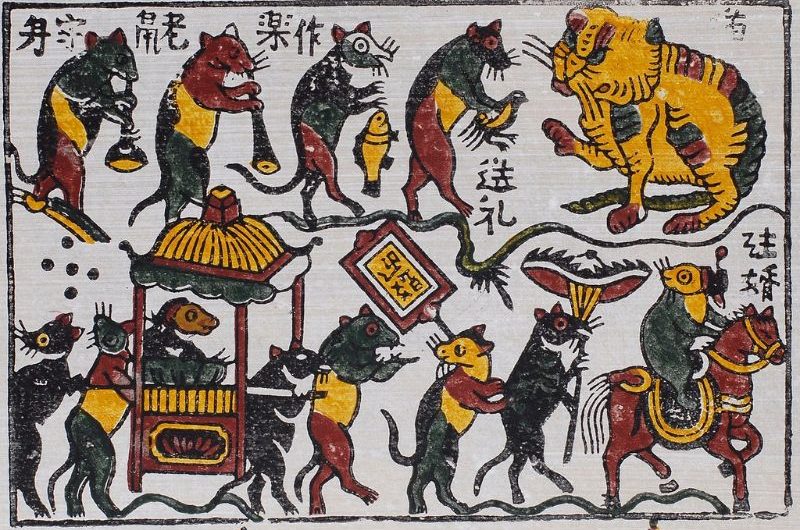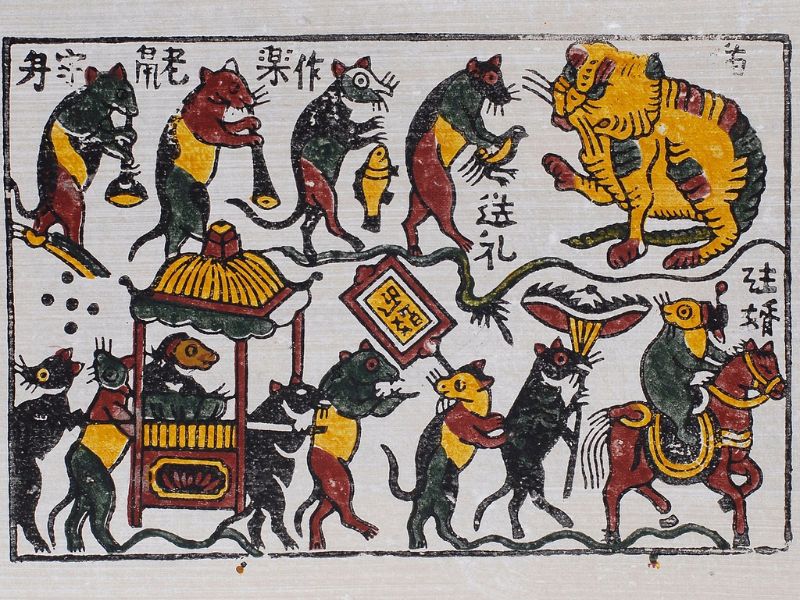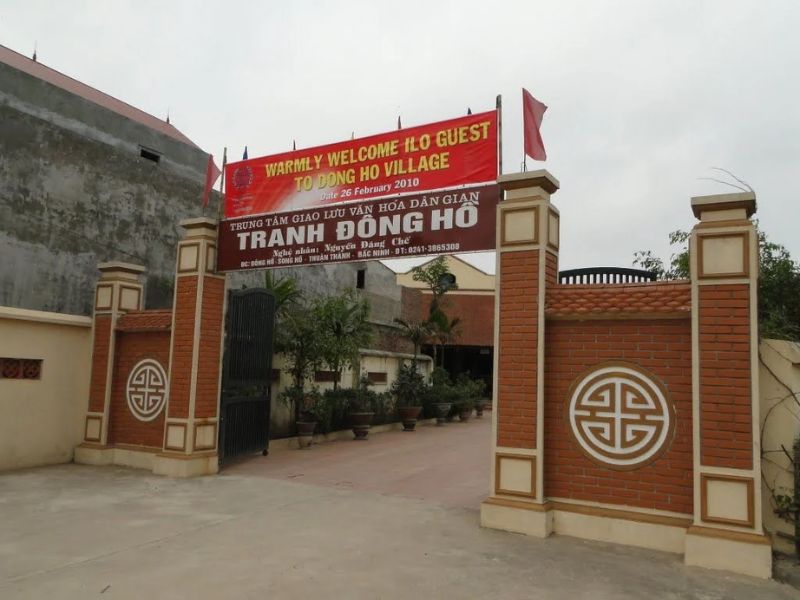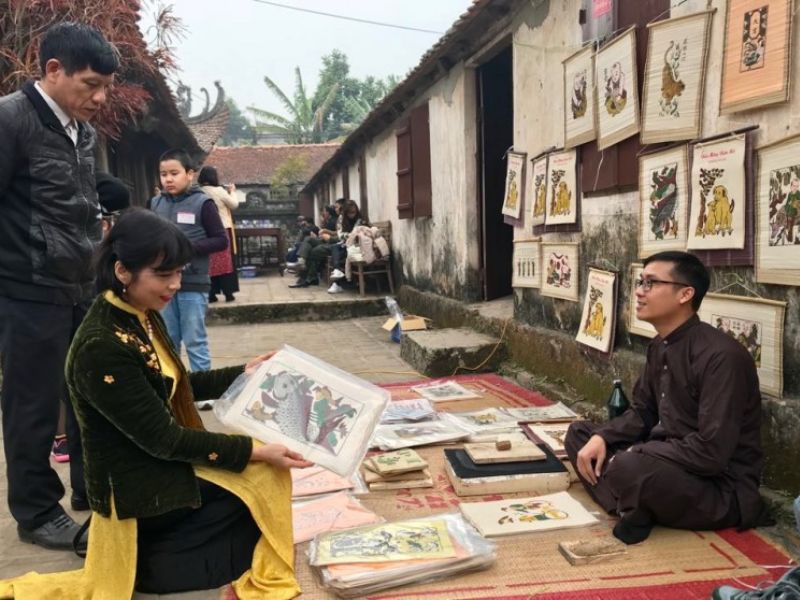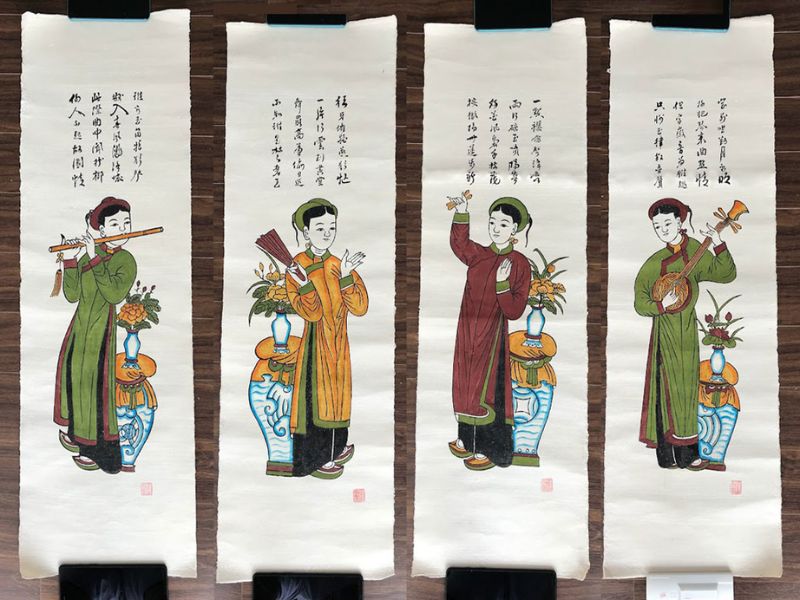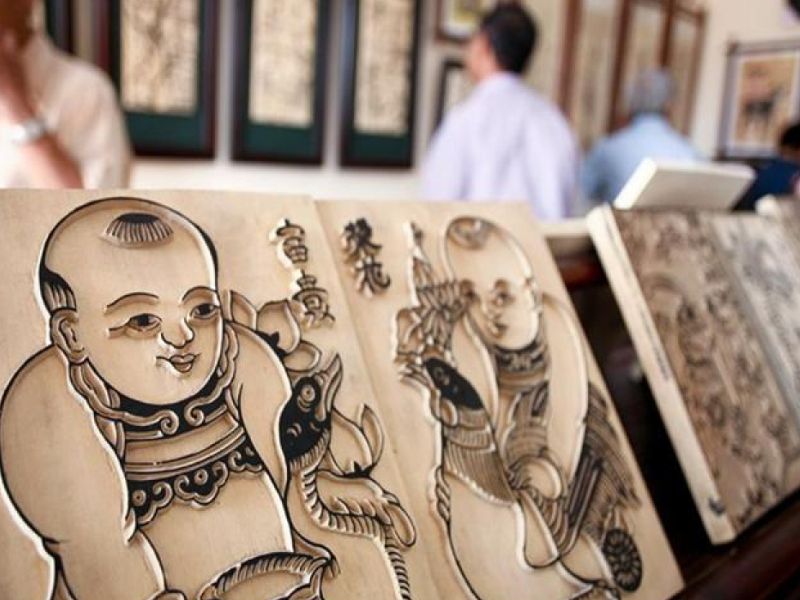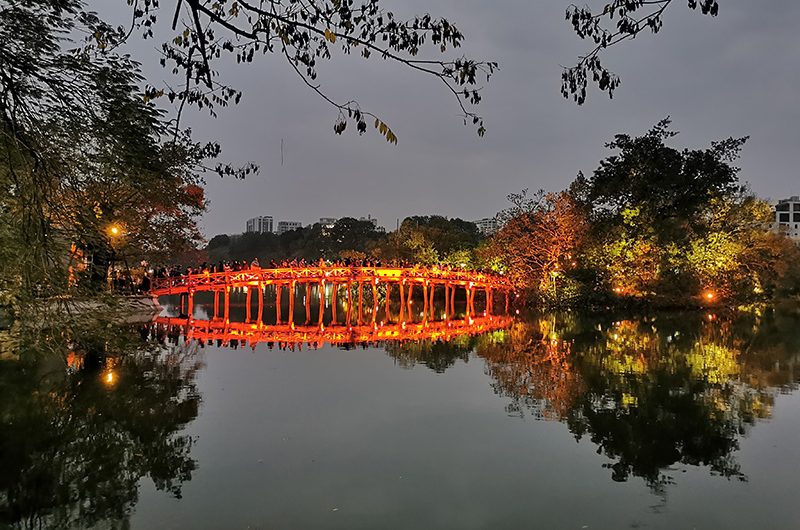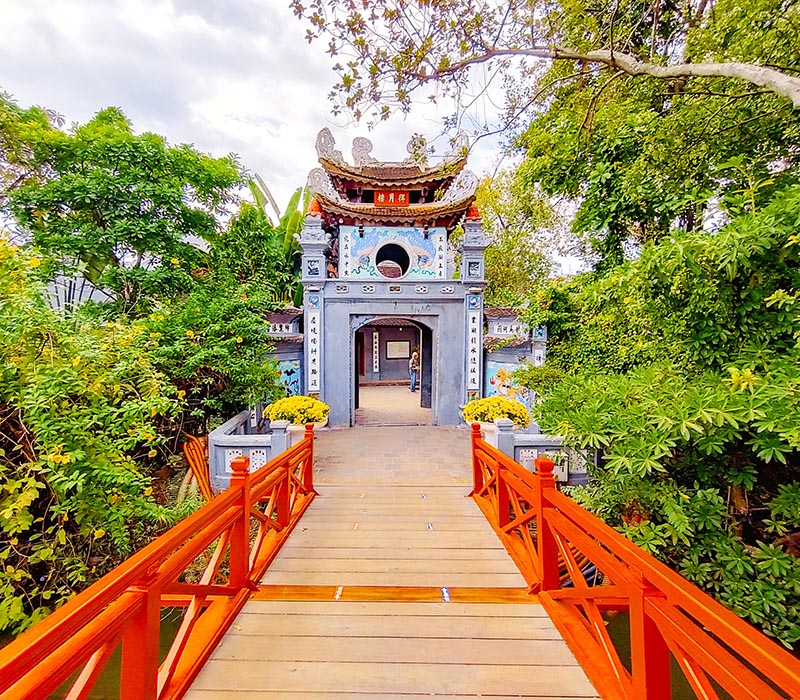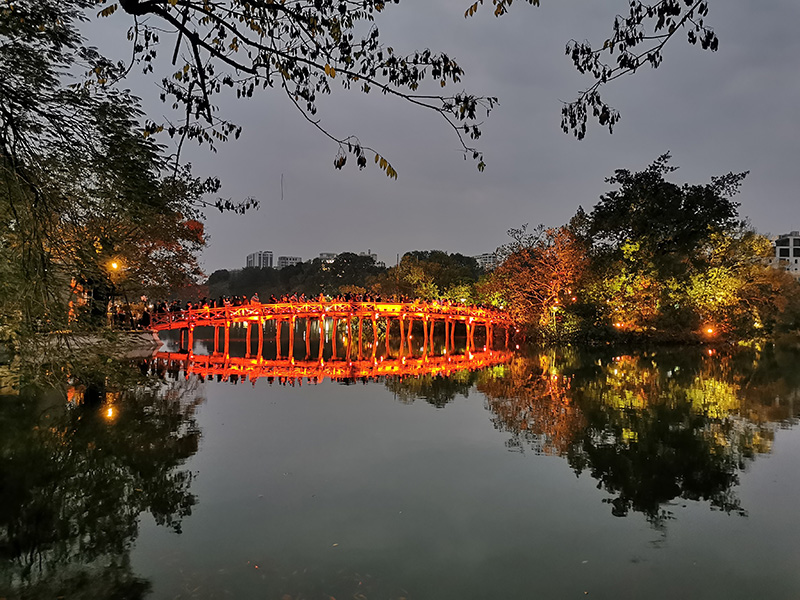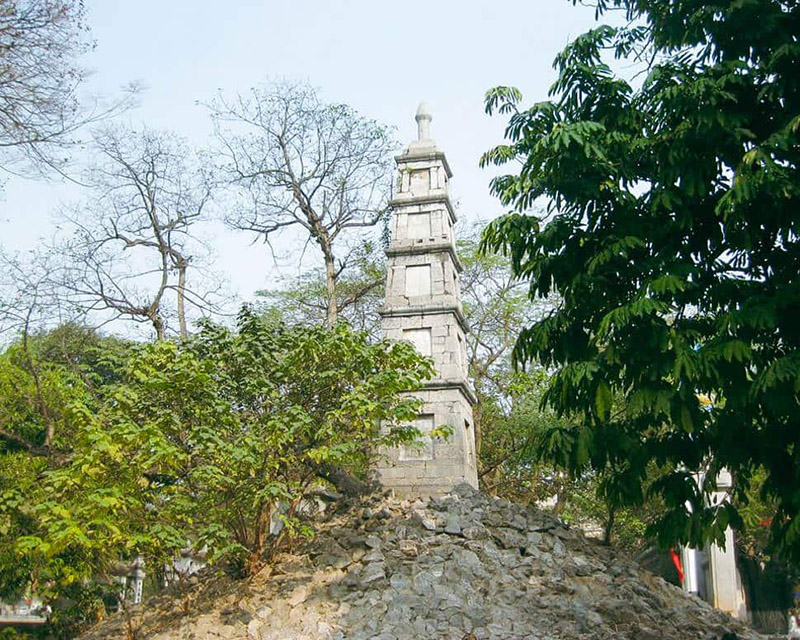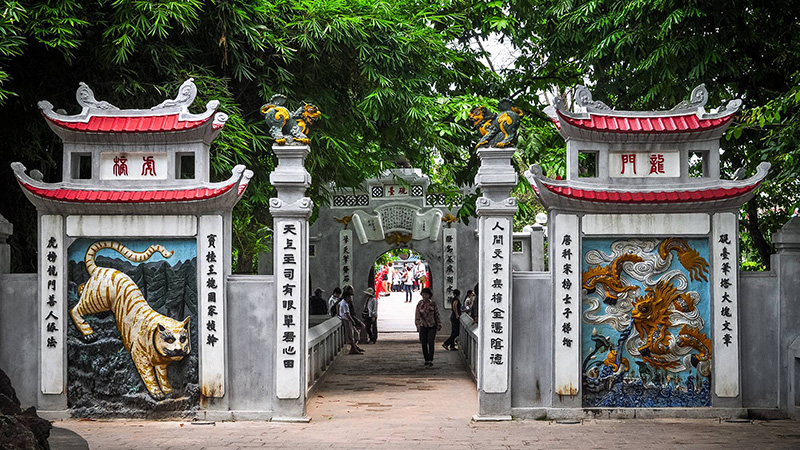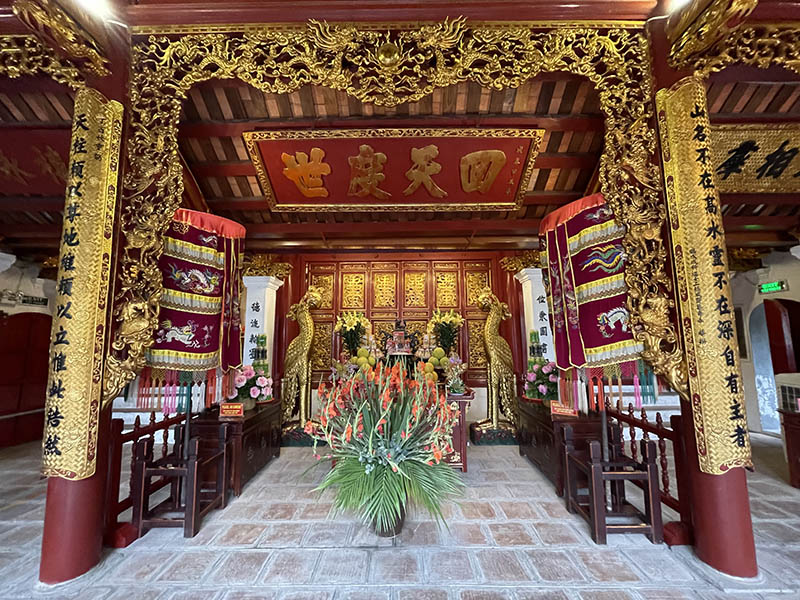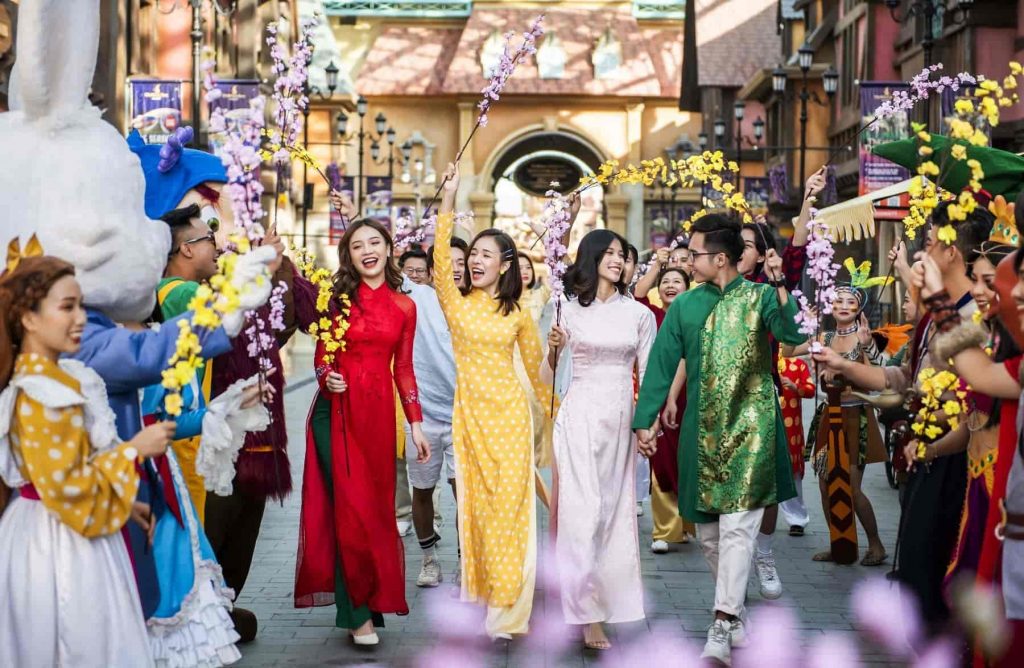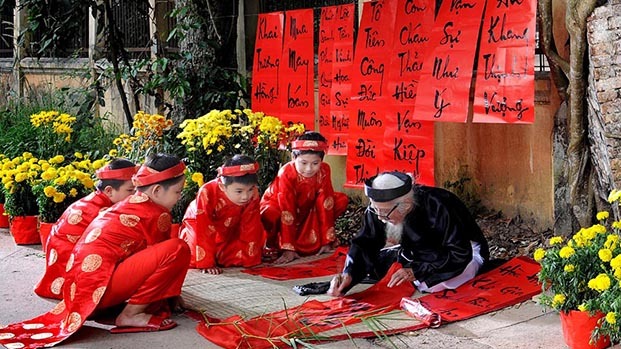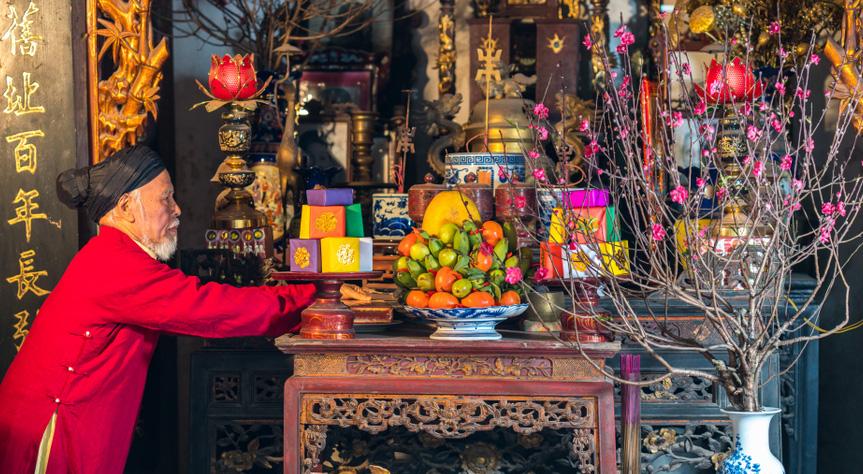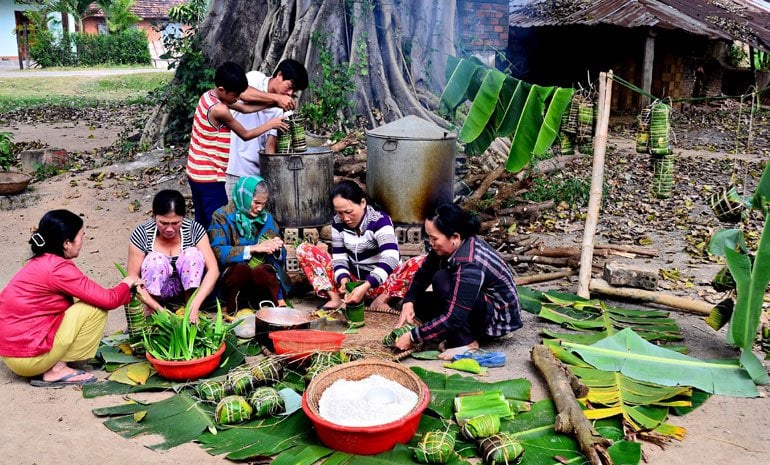Where will the 3-day 2-night self-sufficient itinerary to conquer the Dong Van Rocky Plateau take you, and what will you eat? Follow DanangPrivateCar.com’s to pocket the most suitable journey for you, along with valuable self-sufficient travel experiences. Let’s get started together.
Why choose self-sufficient travel when visiting Ha Giang
During the journey to conquer and explore Ha Giang in general and the Dong Van Rocky Plateau in particular, you will certainly need to consider between traveling independently and joining a tour. So what is the suitable choice for you?
For individual travelers, especially adventurous young people, traveling independently will offer more freedom and flexibility. Self-sufficient travel brings you new experiences, cost savings, and a journey full of surprises ahead. However, the downside is that you need to plan your itinerary yourself, seek and experience things on your own, and there may be unexpected incidents during the trip. Therefore, you need to carefully consider before choosing this type of journey.

As for those traveling in groups, with companies or schools, choosing a tour will be more suitable. These tours are organized by professional companies, with detailed and specific itineraries, ensuring the best experiences for travelers. However, the limitation of these tours lies in the constraints; travelers must participate in all activities as a group, unable to freely choose where to go, what to do, or what to eat as everything has been arranged from the beginning.
Therefore, for young people, the self-sufficient itinerary to conquer the Dong Van Rocky Plateau in 3 days 2 nights is considered a more interesting option. However, if you want a safe, convenient trip from A to Z, DanangPrivateCar.com’s recommends you to explore full-package tours.
Details of the self-sufficient itinerary to conquer the Dong Van Rocky Plateau in 3 days 2 nights
Next, let’s delve into the details of the self-sufficient Dong Van travel itinerary for 3 days 2 nights with DanangPrivateCar.com.
Day 1 in the itinerary to conquer the Dong Van Rocky Plateau self-sufficiently for 3 days 2 nights
Discovery journey: Travel to Ha Giang – King Cat’s Palace – Dong Van
Morning:
- 05:30: Start the journey to Ha Giang. If traveling by bus, please contact the company in advance to book tickets. If traveling independently by motorbike, ensure you have all necessary documents and drive carefully on dangerous mountain passes. Travelers will spend about 5 to 6 hours on the Hanoi – Ha Giang route.
Noon:
- Travelers will arrive in the city center of Ha Giang around noon. Therefore, it’s recommended to stop here to choose a restaurant for lunch.
- After lunch and some rest, continue the journey to Dong Van. On the way, you’ll have the opportunity to admire the majestic beauty of the Dong Van Global Geopark. The terrain here is very unique, fascinating many people.
- The highlight of the self-sufficient itinerary to conquer the Dong Van Rocky Plateau on the first day is the King Cat’s Palace, built by Vương Chính Đức. He was once a notorious opium lord, the wealthiest and most influential figure in Chau Dong Van around the early 20th century. It took 8 years to build this mansion, costing a huge amount of money, with a unique architectural style blending H’Mong culture and Chinese elements.
Afternoon:
- Travelers stroll around Dong Van town, exploring the old town area with ancient houses.
- Then, find a homestay here to rent a room for overnight rest.
Evening:
- After dinner at a restaurant, travelers continue to stroll around Dong Van town. You can find a café to enjoy a hot drink and relax in the peaceful atmosphere here.
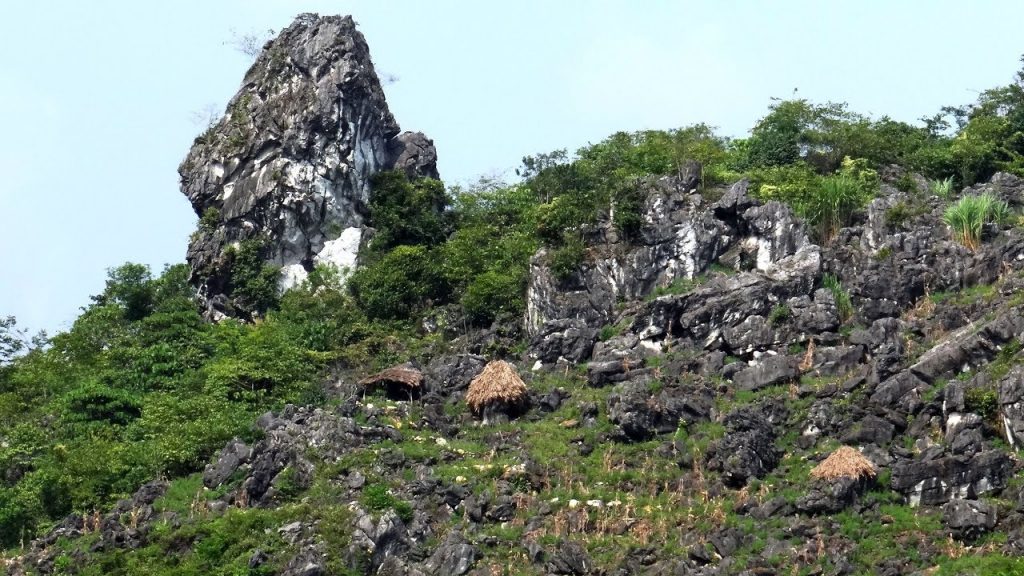
Day 2 in Ha Giang
Discovery journey: Fairy Mountain Cliff – Meo Vac – Kayaking on the Nho Que River
Morning:
- Start the self-sufficient itinerary to conquer the Dong Van Rocky Plateau for 3 days 2 nights on the second day by checking out and having breakfast.
- Then, embark on the exploration of Fairy Mountain Cliff. This cliff is located at an altitude of about 1,700m above sea level, on the top of Fairy Mountain, in Pai Lung and Pa Vi communes, Meo Vac district, Ha Giang province. For locals, the white cliffs are considered a symbol of sacred significance, associated with the legend of the iron couple. For tourists, this place offers a magnificent view of the Ma Pi Leng Pass – dubbed one of the four great passes of Vietnam… You can choose to hike for beautiful pictures here.
Noon:
- You can have lunch at restaurants in Meo Vac. Take a rest here for a while before continuing the afternoon journey.
Afternoon:
- Continue the self-sufficient itinerary to conquer the Dong Van Rocky Plateau for 3 days 2 nights with an experience of kayaking on the Nho Que River. This is a peaceful and serene river, situated amidst towering mountains and Tu San canyon. The canyon has cliffs rising up to 800 meters, with a length of about 1.7km, at a depth of 700 to 900 meters, creating a unique and majestic landscape of the Dong Van Rocky Plateau. If traveling in a group, you can choose to rent a kayak to enjoy the serene beauty of this river.
Evening:
- Here, you must visit the Pả Vi community village. Here, tourists have the opportunity to participate in bonfires, camping, and enjoy traditional cultural performances. Then, find a homestay for overnight rest.

Day 3 in Ha Giang
Discovery journey: Conquer Meo Vac – Leave Ha Giang
Morning:
- After enjoying breakfast, travelers visit the Meo Vac market. Here, you can buy many cute handicrafts, such as bags, wallets with ethnic patterns. Moreover, you can also enjoy traditional dishes of ethnic minorities and drink wine with the elders.
- After leaving the market, pass through the M-shaped intersection. This is the bridge connecting Yen Minh town and the Dong Van Rocky Plateau, with the winding Tham Ma slope, surrounded by majestic mountains.
- After passing through the M-shaped intersection is the Quan Ba twin mountain. Here, there is a “Heaven’s Gate” with a unique landscape, very suitable for taking stunning pictures.
Noon:
- Travelers have lunch in Ha Giang city. After lunch break, head to Ha Giang bus station to return.
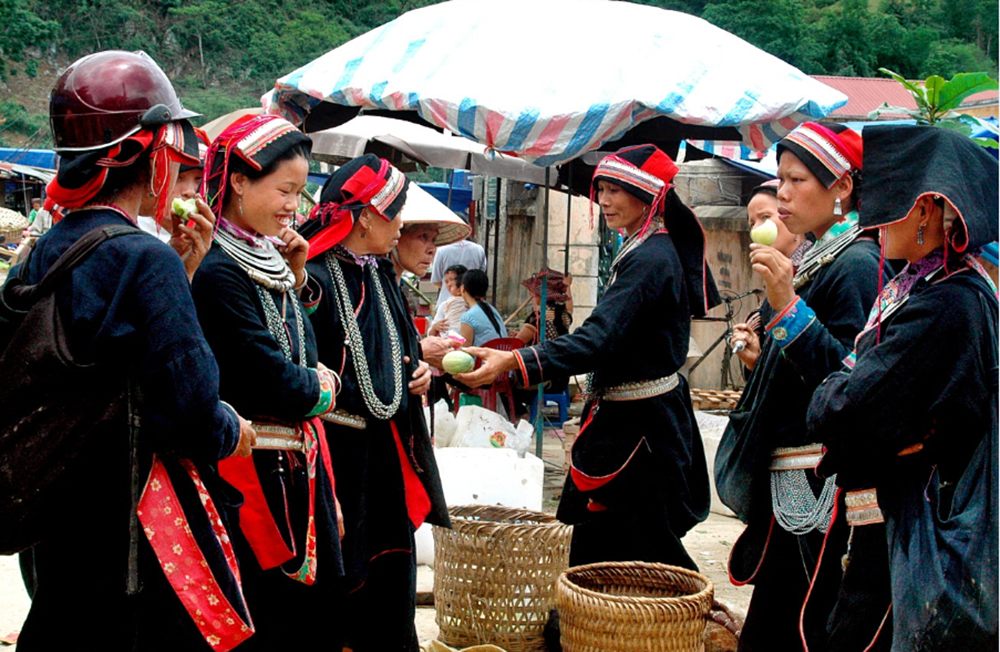
So we have just fully explored the self-sufficient itinerary to conquer the Dong Van Rocky Plateau in 3 days 2 nights. Hopefully, with the suggestions from DanangPrivateCar.com, you will have a smooth, safe trip and countless interesting experiences. Don’t forget to choose our private car rental service in Hanoi for the best self-sufficient travel to Ha Giang.

